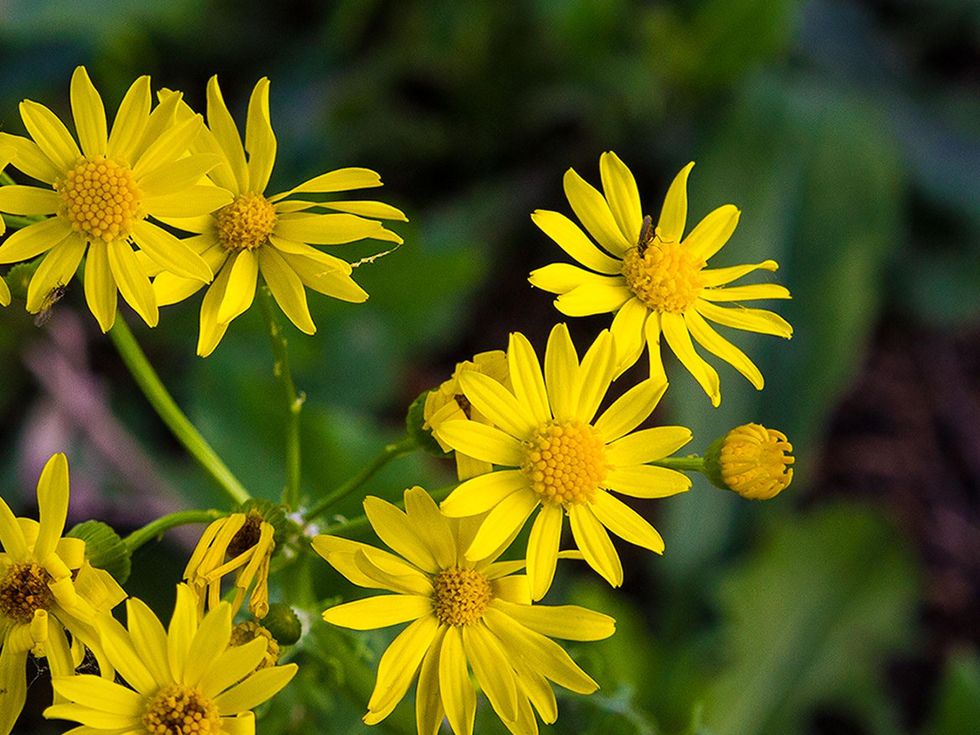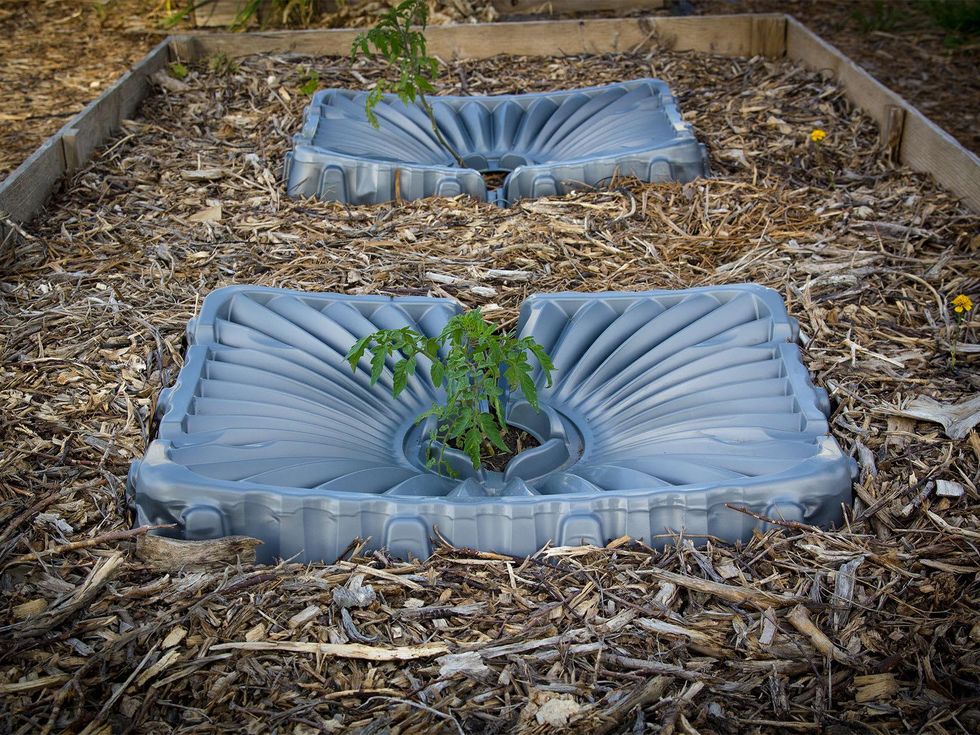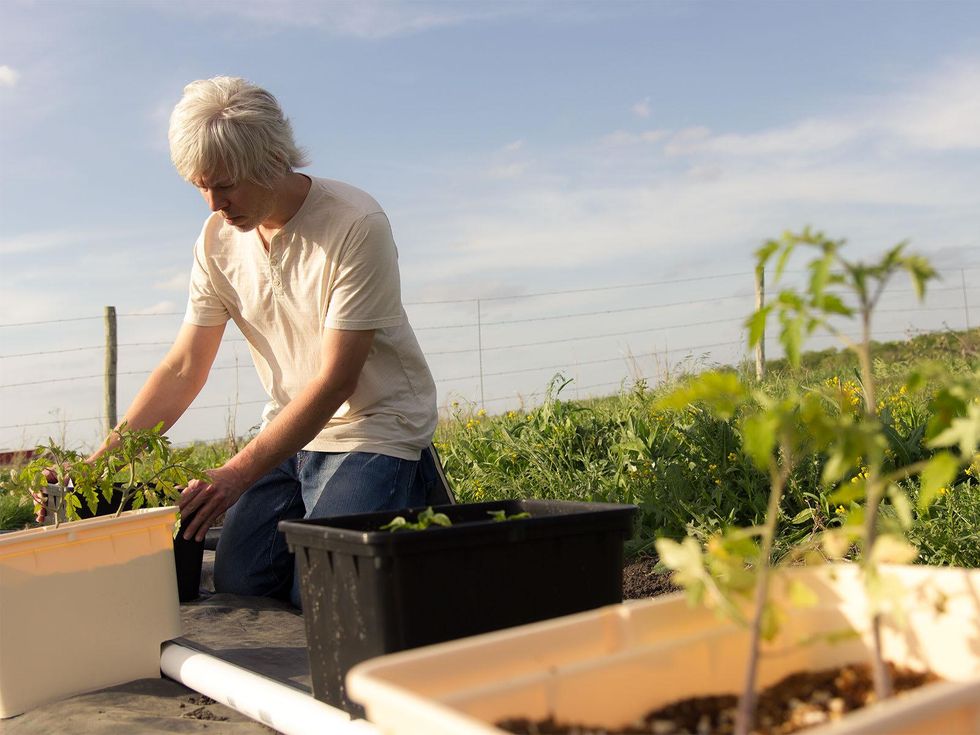The Farmer Diaries
Texas farmer devises three-pronged strategy to combat possible drought
Dabble the least amount in gardening and your attitude about the weather changes. The word drought gets real. You no longer view endless days of sunshine as ideal. Rainfall stops being a nuisance. When a storm passes over without depositing a drop in your rain barrel, you're crushed.
And the forecast from meteorologists is not encouraging.
"Unfortunately, I’m not seeing any big improvement for precipitation in the short-term or long-term outlooks," says Jesse Moore, of the National Weather Service in Fort Worth. "For the next three months, it looks like we will have near normal precipitation.
"But in a drought, what we need is above-normal precipitation. If a tropical system comes along this summer, that may be our best hope for relief. But I'm not seeing that happening at this point."
The way we irrigate in the United States is changing. Abundant river water and groundwater supplies are drying up.
I was afraid we'd face a drought this summer and predicted as much last fall when I started planning for this year’s crops. My father added 6,000 gallons of tank space to our rainwater collection system, bringing our water storage potential up to 15,000 gallons.
I counted on that supply when I decided to try growing melons commercially, with a goal of planting two acres of Israeli melons this spring. But as the fall turned to winter and rainfall was still scarce, the tanks never filled up — a warning of weather trends to come.
Doing some research on how commercial growers water their crops, I learned that the way we irrigate in the United States is changing. Abundant river water and groundwater supplies are drying up. This method of irrigation is also inefficient, as it loses massive quantities of moisture through evaporation and the wicking nature of the soil surrounding farmland.
I also learned that Israel is on the forefront of revolutionizing the way farmers irrigate crops. They're responsible for developing the drip irrigation systems we use for landscaping. And one Israeli company, Tal-Ya Corp., devised an ingenious mat for trees and food crops. Made of a lightweight, flexible but durable plastic, the mat is shaped so that it funnels dew and rain water from above it and evaporated moisture from underneath it toward the center of the mat, compounding the water available for young plants and saplings.
My father tracked down the company and ordered some of the mats. We now have enough for our tomatoes and peppers, plus a few more to sell on his online shop. I renamed them "Texas Drought Buster Weed Mats" to give them a local flavor.
The mats are part of my strategy in battling the drought, along with the following:
Mulching. I've come to terms with the fact that mulching is not optional. All of my crops will get a hefty layer of wood chips. In some areas, I'll add cardboard boxes, which I'll also use to cover walkways.
I started using cardboard last year; seeing how nicely it protected the soil at Garden Cafe motivated me to expand my use. You can get used boxes for free at many grocery and retail stores.
Drip irrigation. Learning that drip irrigation systems were designed for farming put to rest my concerns about their cost effectiveness and suitability for food production. This year, I'll expand my use of the technique and install hundreds of feet, to water up to 100 mounds of melons.
I plan to specialize in this crop, as it's the only one I grow well enough to boast about. If all goes as planned, I hope to bring in about $5,000 from melons, which justifies a few hundred dollars invested in tubing and drip emitters.
Hydroponics. My success with growing tomatoes, lettuce, cucumbers and basil in nothing but nutrient-rich water this winter created an obsession. I want to grow everything without soil. Not only does the technique save about 90 percent of the water that the same crop would need if grown in soil, but it's also easier.
Test the reservoir of nutrients once a day and top it off with fresh water or more nutrients: That’s about all that's required to tend a hydroponic crop. It's like a gardening machine of sorts.
These three tactics use less water and make the most of the water they use. I only need to make it through the summer. Moore says that an El Nino effect will bring more precipitation our way — but not until next winter.



